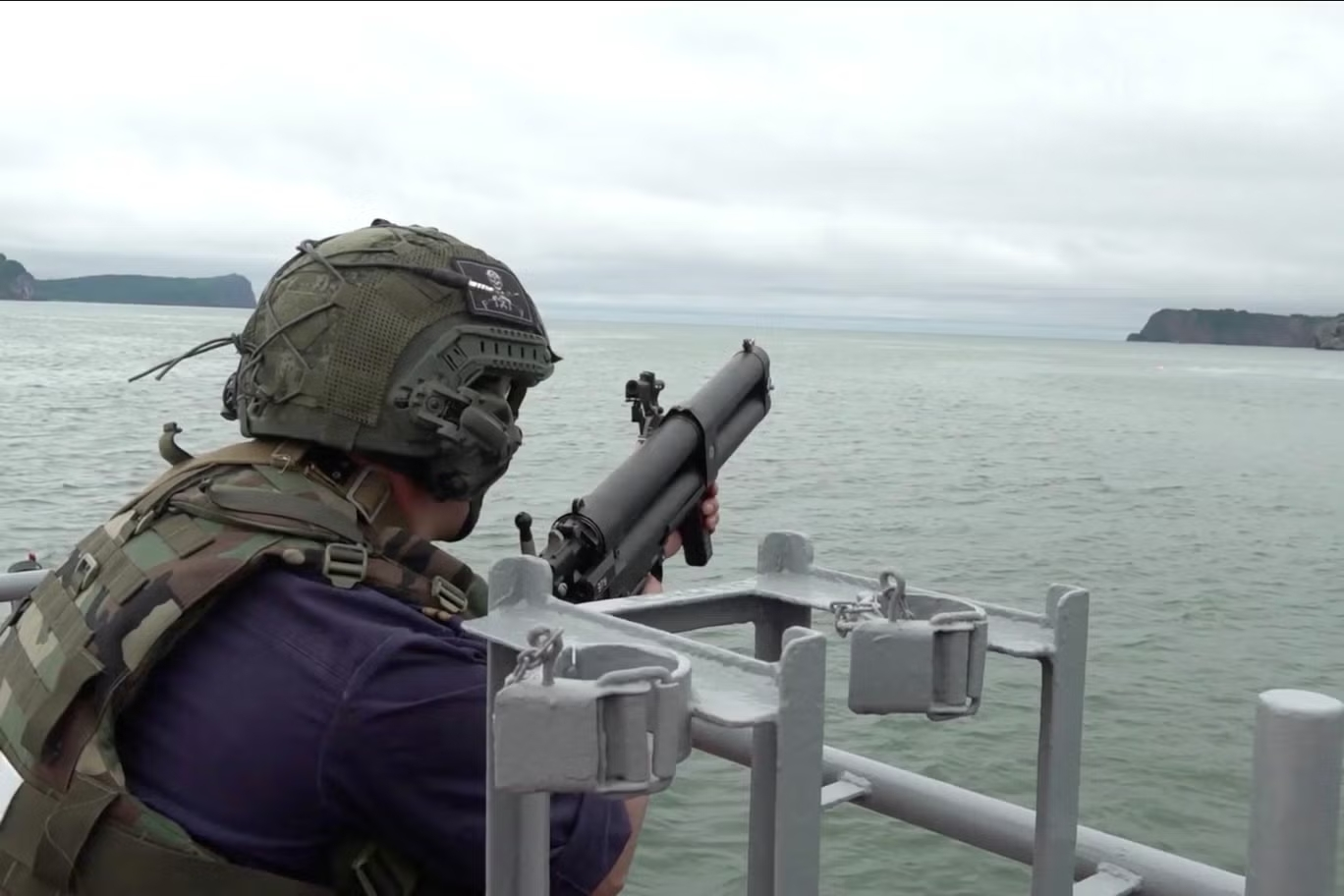
The Russian Defense Ministry has announced the commencement of large-scale naval exercises across four strategic seas. The maneuvers, involving hundreds of ships and thousands of personnel, are taking place in the Arctic, Pacific, Baltic, and Caspian seas. They showcase the country’s naval might and generate speculation about the purpose and timing of the drills.
A Multi-faceted Display of Naval Power
The exercises, revealed on Tuesday in a statement on the ministry’s Telegram channel, aim to test the Russian Navy’s readiness and capabilities at all levels. “Units and formations of the Russian Navy have begun conducting planned exercises in the operational zones of the Northern, Pacific and Baltic Fleets, as well as in the area of responsibility of the Caspian Flotilla,” the ministry stated.
The drills encompass over 300 ships and submarines, up to 50 aircraft, more than 200 military and special equipment units, and over 20,000 military and civilian personnel. The ministry emphasized the primary goal of the exercises as “checking the actions of the military command bodies of the Navy at all levels, as well as the readiness of the crews of ships, naval aviation units, and coastal troops of the Russian Navy to perform tasks as intended.”
A Strategic Show of Strength?
The timing of the exercises, particularly given the ongoing conflict in Ukraine, has drawn attention from international observers. While the Russian Defense Ministry insists these are routine exercises, the scale and scope of the drills and recent military exercises with other nations like China and Belarus have fueled speculation about their strategic significance.
The exercises also follow a recent Navy Day parade in St. Petersburg, during which President Vladimir Putin threatened to resume production of intermediate-range nuclear weapons if the United States deploys missiles in Germany or other parts of Europe. This has further heightened concerns about the potential for escalation in the region.
A Historical Context
These exercises resemble the Soviet Navy’s largest peacetime fleet exercise, Okean (Ocean), conducted in the 1970s. This exercise involved 84 surface warships, around 80 submarines, and several hundred aircraft. While the current exercises are smaller in scale, they demonstrate Russia’s continuing emphasis on naval power and its ability to project force across vast geographical areas.
A Focus on Naval Capabilities
Russia has been steadily modernizing its navy in recent years, investing in new technologies and weapons systems. Its significant ballistic-missile nuclear submarine fleet, comprising 68 submarines (20 diesel-powered and 48 nuclear-powered), remains a crucial component of its strategic deterrent. Alongside its submarines, the Russian Navy also boasts 33 large surface warships, over 100 small surface combat ships and boats, roughly 60 minesweepers, 21 amphibious ships, and two training ships.
A Complex Global Context
These exercises occur within a complex global context marked by growing tensions between Russia and the West. The ongoing conflict in Ukraine, coupled with Russia’s assertive foreign policy and increasing military activity, has raised concerns about potential regional instability. While seemingly routine, the exercises underscore the importance of monitoring Russia’s military activities and their impact on the global security landscape.
